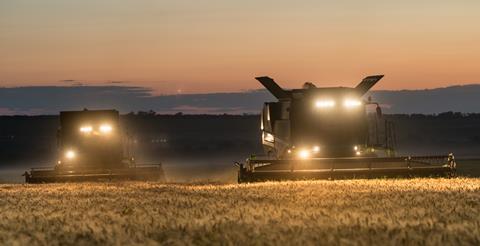Regenagri CEO says “certified farms have achieved a remarkable positive impact” in the last year

A report from certification body Regenagri suggests that regenerative agriculture is becoming more and more prevalent in global farming.
According to the worldwide initiative’s latest Impact Report, regenerative agriculture has experienced a significant boost in adoption and impact rates internationally over the last year.
The regenagri programme now supports more than 230,000 farms and 855 supply chain operators globally.
Regenagri CEO Franco Costantini says the environmental and economic benefits of the company’s framework are impressive.
He said: “2023 was a year of remarkable progress for Regenagri, with the area of land under its certification tripling from 487,000 hectares in 2022, to over 1.46 million hectares in 2023.
“As extreme weather events become more frequent and the urgency of climate action intensifies, Regenagri’s work in promoting regenerative agriculture is more critical than ever.”
He references the 2023 IPCC report which highlights the need for sustainable land management practices to mitigate climate change impacts.
Costantini continued: “Regenagri-certified farms have achieved a remarkable positive impact. Representative examples are the annual greenhouse gas reduction of 4.44 tonnes of CO2 equivalent per hectare for cotton farms and 5.34 for coffee farms.”
He added: “Certified farms in Brazil have also made significant strides in resource efficiency, reducing water use by 95,410 litres per hectare.”
Looking ahead, Costantini said Regenagri aims to double its impact in 2024 by expanding its programme to cover two million hectares of land, supporting 500,000 farms across the world.
He said Regenagri is committed to evolving its programme to meet future challenges.
“As the Regenagri initiative grows, we keep learning – from understanding the needs of farms and supply chains, to technologies and systems that support the integrity and scalability of the programme.
“I’m excited about how much more we can achieve in the coming years. We have ambitious goals to keep moving at pace towards our vision of a world in which regenerative farming is the norm.”



